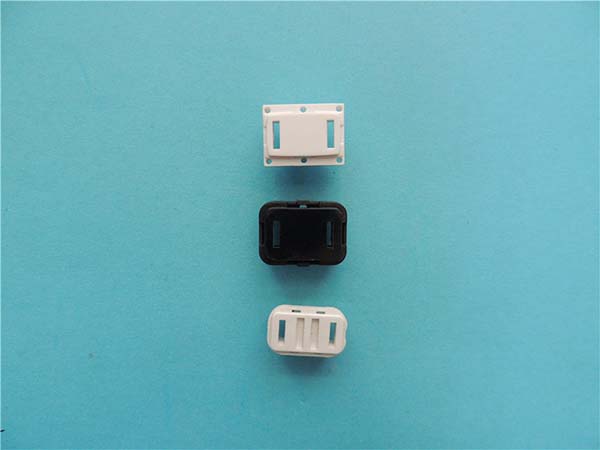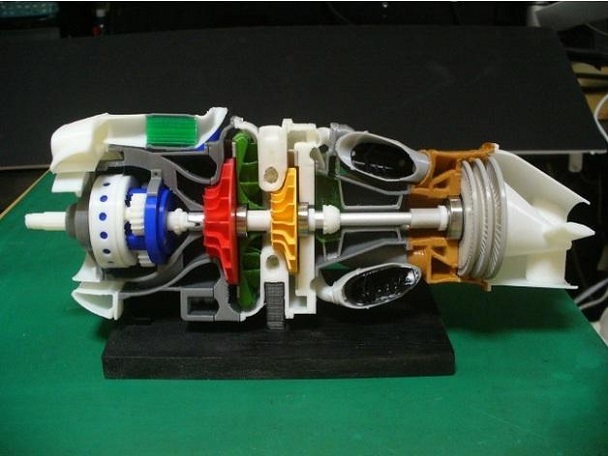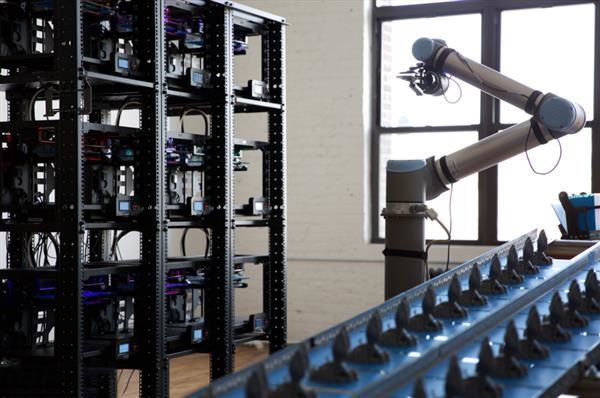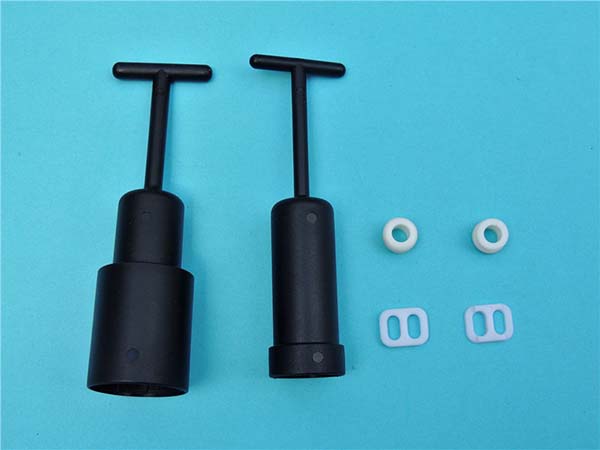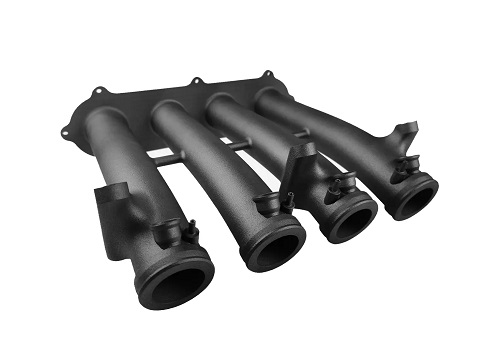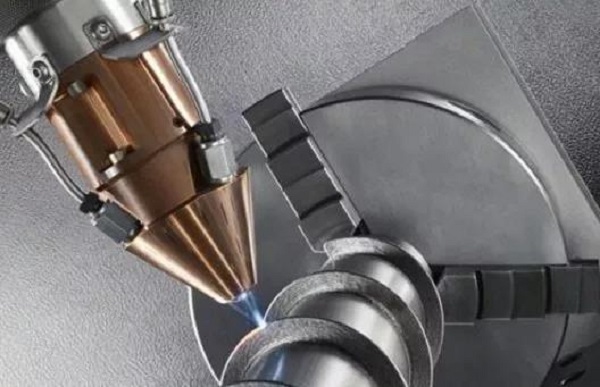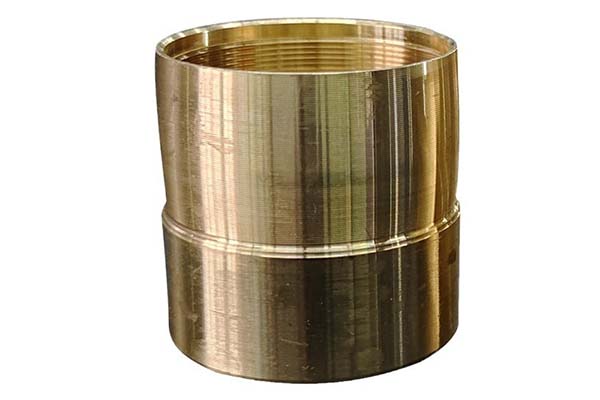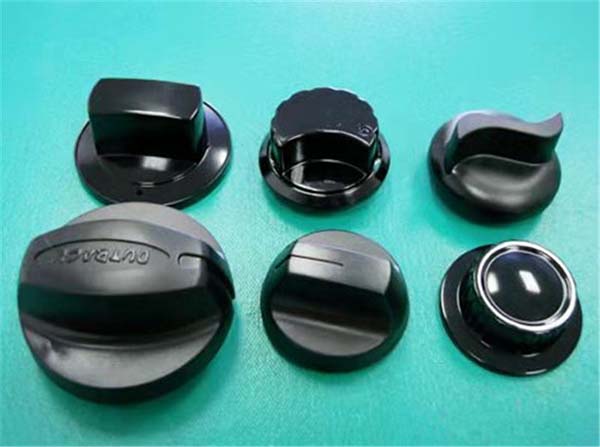Understanding Curing Resin Prints
Curing resin prints is a crucial step in the 3D printing process when using resin - based 3D printers. Resin printing involves using a liquid photopolymer resin that is cured, or hardened, by exposure to ultraviolet (UV) light. This process is different from filament - based 3D printing methods like Fused Deposition Modeling (FDM).
When a 3D model is printed using resin, the printer builds the object layer by layer. Each layer of the liquid resin is exposed to UV light, which causes a chemical reaction called polymerization. However, the initial curing during the 3D printing process might not be sufficient to fully harden the resin. Post - printing curing ensures that the entire print is thoroughly hardened.
Importance of Curing
- Strength: Properly cured resin prints are significantly stronger. For example, a well - cured resin part can withstand up to 50% more stress compared to an under - cured one in tensile strength tests. When used in applications like functional prototypes or small - scale production parts, strength is vital. If a 3D - printed mechanical component is not cured correctly, it may break under normal operating loads.
- Stability: Curing improves the dimensional stability of the print. An under - cured resin print may continue to change shape slightly over time due to further, uncontrolled polymerization. This can be a major issue in precision applications such as jewelry casting molds or parts for optical devices, where even minor dimensional changes can render the part unusable.
- Durability: Resin prints that are fully cured are more resistant to environmental factors like humidity and temperature variations. In a high - humidity environment, an under - cured resin print may absorb moisture, leading to swelling and degradation, while a well - cured print will maintain its integrity.
Different Curing Methods
UV Curing
UV curing is the most common method for curing resin prints. It works based on the principle that the resin contains photo - initiators. When exposed to ultraviolet light within a specific wavelength range (usually around 365 - 405 nm for 3D printing resins), these photo - initiators absorb the UV photons. This absorption triggers a chemical reaction that causes the monomers in the resin to polymerize, transforming the liquid resin into a solid state.
The advantages of UV curing are remarkable. First, it is extremely fast. In most cases, a small resin print can be fully cured within 5 - 15 minutes under a proper UV light source. This high - speed curing significantly improves production efficiency. Second, it is relatively simple to operate. All you need is a UV light source, which can be as simple as a handheld UV flashlight for small - scale curing or a more sophisticated UV curing box for larger prints. According to industry statistics, in the 3D printing resin curing market, about 70% of the curing operations use UV curing methods, indicating its dominant position in the industry.
Post - Curing in a Chamber
Post - curing in a chamber involves placing the printed resin object inside a specialized curing chamber. These chambers are equipped with multiple UV light sources arranged in a way to ensure uniform exposure. The principle behind achieving more uniform curing is that the multiple light sources can illuminate the print from different angles, reducing the occurrence of shadow areas where the resin might not be fully cured.
For small - scale 3D printing enthusiasts or hobbyists who mainly print small - sized objects like jewelry or small figurines, a small - sized curing chamber with a volume of around 10 - 20 liters is sufficient. These chambers are usually more affordable and take up less space. In contrast, for professional 3D printing service providers or industrial applications that deal with larger - sized prints, such as automotive parts prototypes or large - scale architectural models, large curing chambers with volumes of 50 liters or more are necessary. These large chambers can accommodate bigger prints and maintain consistent curing conditions throughout the object.
Chemical Curing
Chemical curing, also known as self - curing or ambient - temperature curing in some cases, relies on chemical reactions within the resin itself without the need for external UV light. Some resins contain chemical agents that react with each other or with components in the air (such as moisture) to initiate the polymerization process. For example, certain two - part resin systems require the mixing of a resin component and a hardener component. Once mixed, a chemical reaction starts, gradually curing the resin.
One of the main advantages of chemical curing is its simplicity in some situations. It doesn't require any additional curing equipment like UV lights, making it suitable for on - site or field applications where access to electricity or UV - curing devices is limited. Also, it can be a good option for resins that are not sensitive to UV light or for applications where UV exposure might cause damage to the print or the surrounding environment. However, chemical curing also has limitations. It may not be suitable for all types of resins, and there can be issues with chemical residues. In some cases, after the curing process, small amounts of unreacted chemicals may remain in the print, which could potentially affect the long - term stability or biocompatibility of the final product, especially in applications like medical device prototyping or food - contact - related 3D prints.
Factors Affecting Curing
Resin Type
There are various types of resins used in 3D printing, and each has distinct curing characteristics.
- Standard Resin: This is the most common type. It usually has a relatively short curing time, often around 5 - 10 minutes under a high - power UV light source. The cured standard resin offers a good balance between cost - effectiveness and general - purpose use. It has a moderate hardness, with a Shore hardness typically around 80 - 90D, making it suitable for a wide range of applications such as creating prototypes, small figurines, and basic functional parts.
- Flexible Resin: As the name implies, this resin results in a flexible and rubber - like end - product. Curing time for flexible resin is often a bit longer, around 10 - 15 minutes, due to its unique chemical composition that requires more exposure to UV light to fully cross - link. The final product has a much lower Shore hardness, usually in the range of 30 - 50A, which allows it to bend and stretch without breaking, making it ideal for applications like creating gaskets, soft grips, or flexible joints.
- High - Temperature Resin: Designed to withstand elevated temperatures, this resin has a different curing profile. It often requires a longer curing time, sometimes up to 20 minutes or more, and may need a higher - intensity UV light source. After curing, it can maintain its structural integrity at temperatures up to 150 - 200°C, with a high Shore hardness of around 95 - 100D, making it suitable for applications such as creating parts for engines or other high - heat environments.
Curing Time
The recommended curing time varies depending on the resin type. Here is a simple table to illustrate:
| Resin Type | Recommended Curing Time (under a 10 - watt UV light source) |
| Standard Resin | 5 - 10 minutes |
| Flexible Resin | 10 - 15 minutes |
| High - Temperature Resin | 15 - 20 minutes |
If the curing time is too short, the resin will not fully polymerize. An under - cured resin print may feel soft or sticky to the touch. Mechanically, it will have significantly reduced strength. For example, in a tensile strength test, an under - cured standard resin print might have only 30 - 40% of the strength of a properly cured one. On the other hand, over - curing, when the resin is exposed to UV light for too long, can make the print overly brittle. In some cases, over - cured parts may develop small cracks over time, especially if they are subject to any stress or vibration.
Curing Temperature
Each resin type also has an optimal curing temperature range.
- Standard Resin: Generally, it cures best at room temperature, which is around 20 - 25°C. At this temperature range, the chemical reactions during curing occur smoothly. If the temperature is too low, say below 15°C, the curing speed will be significantly reduced. The resin may not fully cross - link, leading to a weaker final product. For instance, a print cured at 10°C might take twice as long to reach the same level of hardness as one cured at 20°C. Conversely, if the temperature is too high, above 30°C, the resin may cure too quickly, resulting in an uneven curing process. This can cause internal stresses within the print, leading to warping or cracking.
- Flexible Resin: Has a slightly different optimal range, usually around 22 - 27°C. At these temperatures, the flexible resin can achieve the right balance of flexibility and strength after curing. Higher temperatures can cause the resin to lose some of its desired flexibility, while lower temperatures can make it difficult to achieve the proper rubber - like properties.
- High - Temperature Resin: Tends to cure better at slightly elevated temperatures, around 25 - 30°C. This helps in activating the special heat - resistant chemical components within the resin. Curing at a sub - optimal temperature can lead to a failure in achieving the high - temperature resistance properties that the resin is designed for.
Yigu Technology's Viewpoint
As a non - standard plastic metal products custom supplier, Yigu Technology attaches great importance to the curing of resin prints in the production process. We have rich experience in handling different resin types and curing methods. For us, quality control is of utmost importance. We strictly control the curing time and temperature according to the characteristics of various resins to ensure that each resin print has excellent strength, stability, and durability.
In the process of optimizing the curing process, we continuously explore and innovate. For example, we use advanced UV curing equipment to ensure uniform curing of resin prints, reducing the occurrence of defects. By focusing on these details, we can provide customers with high - quality resin - printed products that meet their various needs.
